
PlantFiles Pictures Protea Species, Giant Protea, King Protea (Protea cynaroides) by htop
The king protea (Protea cynaroides), an early-diverging eudicot, is the most iconic species from the Megadiverse Cape Floristic Region, and the national flower of South Africa.Perhaps best known for its iconic flower head, Protea is a key genus for the South African horticulture industry and cut-flower market. Ecologically, the genus and the family Proteaceae are important models for radiation.

PlantFiles Pictures Protea, King Protea, Giant Protea 'King White' (Protea cynaroides) by
Description. Protea cynaroides is a woody shrub with thick stems and large, glossy, dark green leaves. It grows up to 6.6 feet (2 m) tall. The "flowers" are actually composite flower heads with a collection of flowers in the center, surrounded by large colorful bracts. The flower heads are up to 12 inches (30 cm) in diameter.

Protea Cynaroides King 🌸👑🌿 Flower field, Protea, Plants
Protea cynaroides. king protea. P. cynaroides is a sparsely branched evergreen shrub with leathery, elliptic leaves and terminal, bowl-shaped flowerheads 15-30cm across, with red to pink or cream bracts
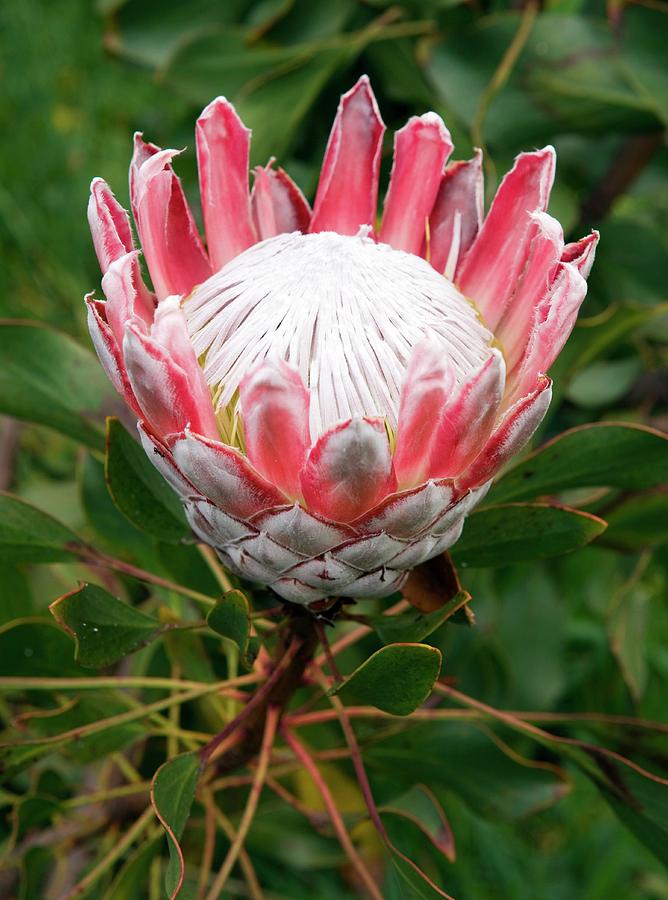
King Protea (protea Cynaroides) Flower Photograph by Pascal Goetgheluck/science Photo Library
Protea cynaroides, also called the king protea (from Afrikaans: koningsprotea, Xhosa: isiQwane sobukumkani), is a flowering plant.It is a distinctive member of Protea, having the largest flower head in the genus. The species is also known as giant protea, honeypot or king sugar bush.It is widely distributed in the southwestern and southern parts of South Africa in the fynbos region.
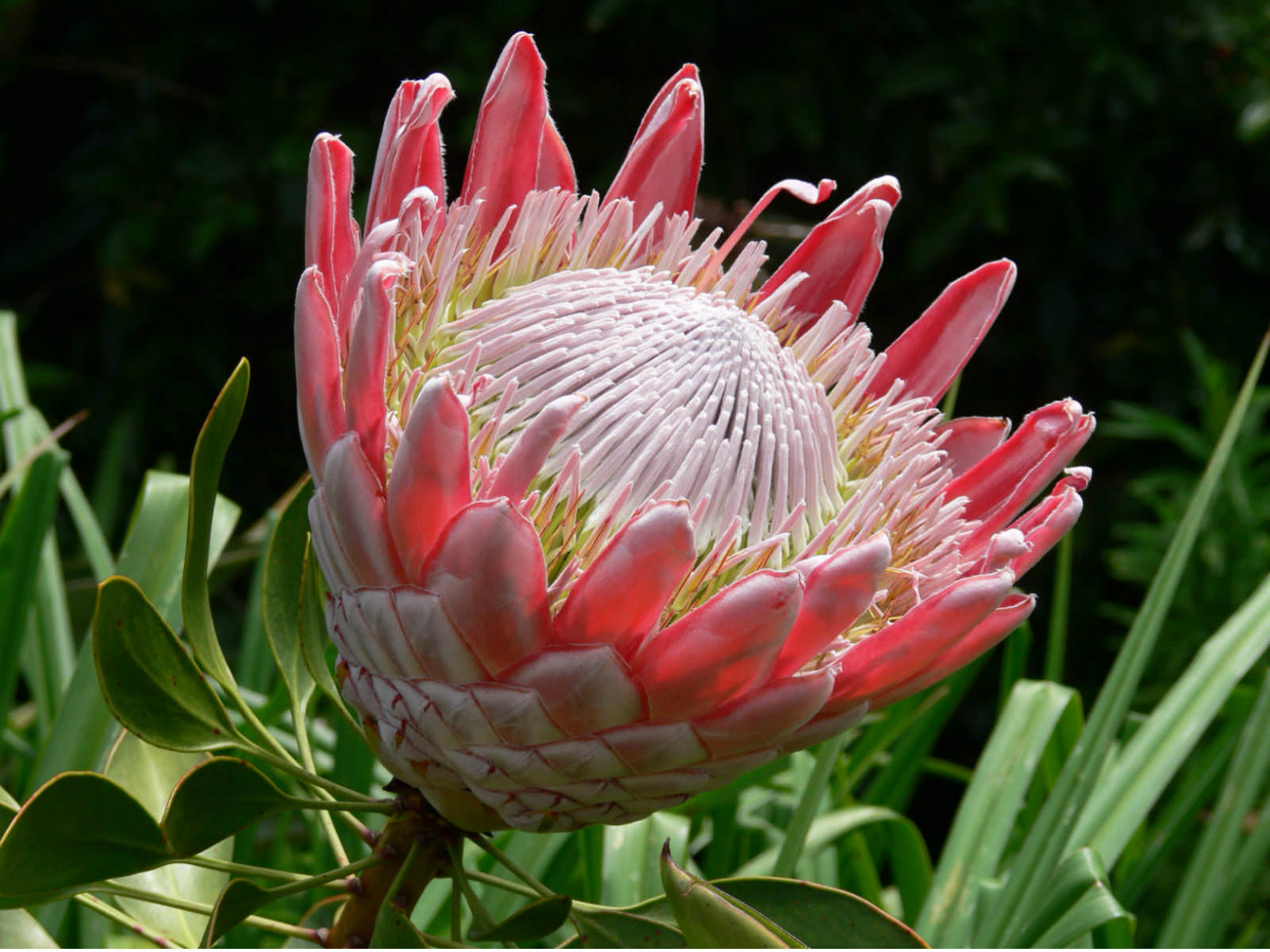
Protea cynaroides (King Protea) World of Flowering Plants
Protea cynaroides, also known as the King Protea, is the national flower of the Republic of South Africa. Its large, unique, vibrant, and elegant flowers earn it the title of "King of Flowers". The long-lasting King Protea, renowned worldwide as one of the most luxurious and exquisite flowers, symbolizes vitality, victory, fulfillment, and.
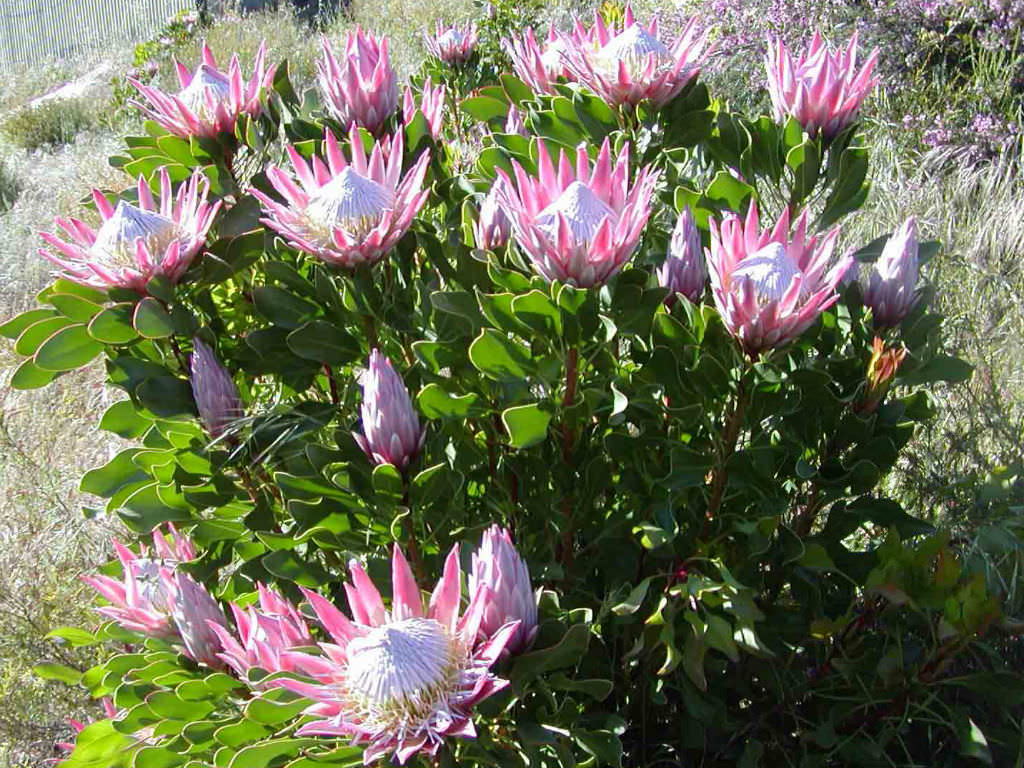
Protea cynaroides (King Protea) World of Flowering Plants
Probably the best-known member of this genus, the spectacular blooms of king protea (Protea cynaroides) symbolise beauty, strength and the ability to thrive under tough conditions. If there's no room for a king at your place, seek out the compact form Protea 'Little Prince'. Another favourite among the hundreds of available varieties is.

King protea (Protea cynaroides) flower Stock Image C010/6016 Science Photo Library
Pepin, called Pepin the Hunchback, was born about 770 to Charlemagne and Himiltrude who was either his mistress or wife according to Germanic custom. He is not known to have had children. Carloman, was named Carloman at birth about 777 to Charlemagne and his wife Hildegard, but baptized with the name Pepin in 781.
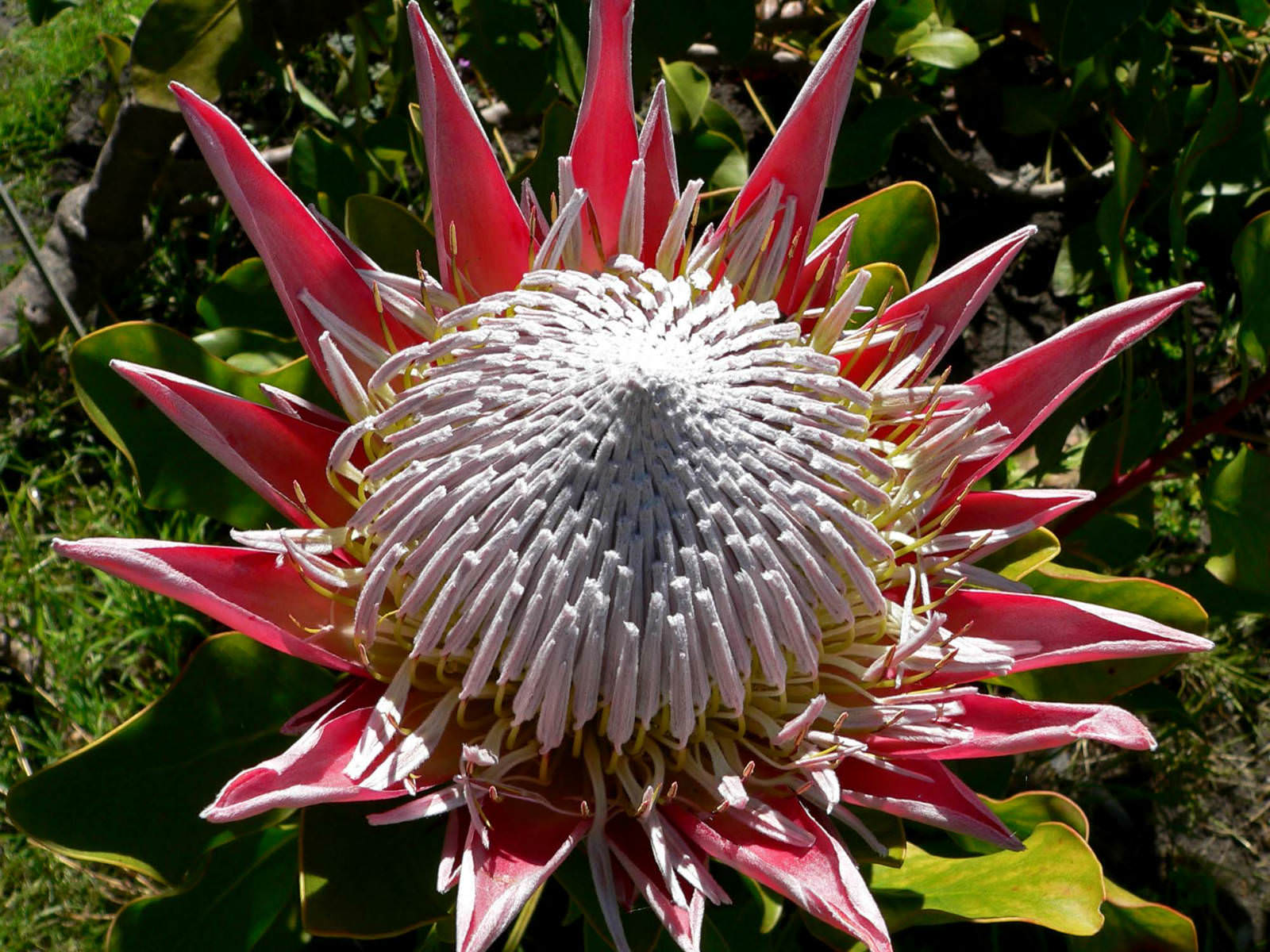
Protea cynaroides (King Protea) World of Flowering Plants
Cunigunde is the mother, not step mother, of of Pepin, Count of Vermandois. Cunégonde (Cunigunde) (June 19, 835). Her origin is not known, but Settipani suggests that she might have been a daughter of Heribert of Toulouse. If so, this accounts for the introduction of the name Héribert into the Carolingian royal family.
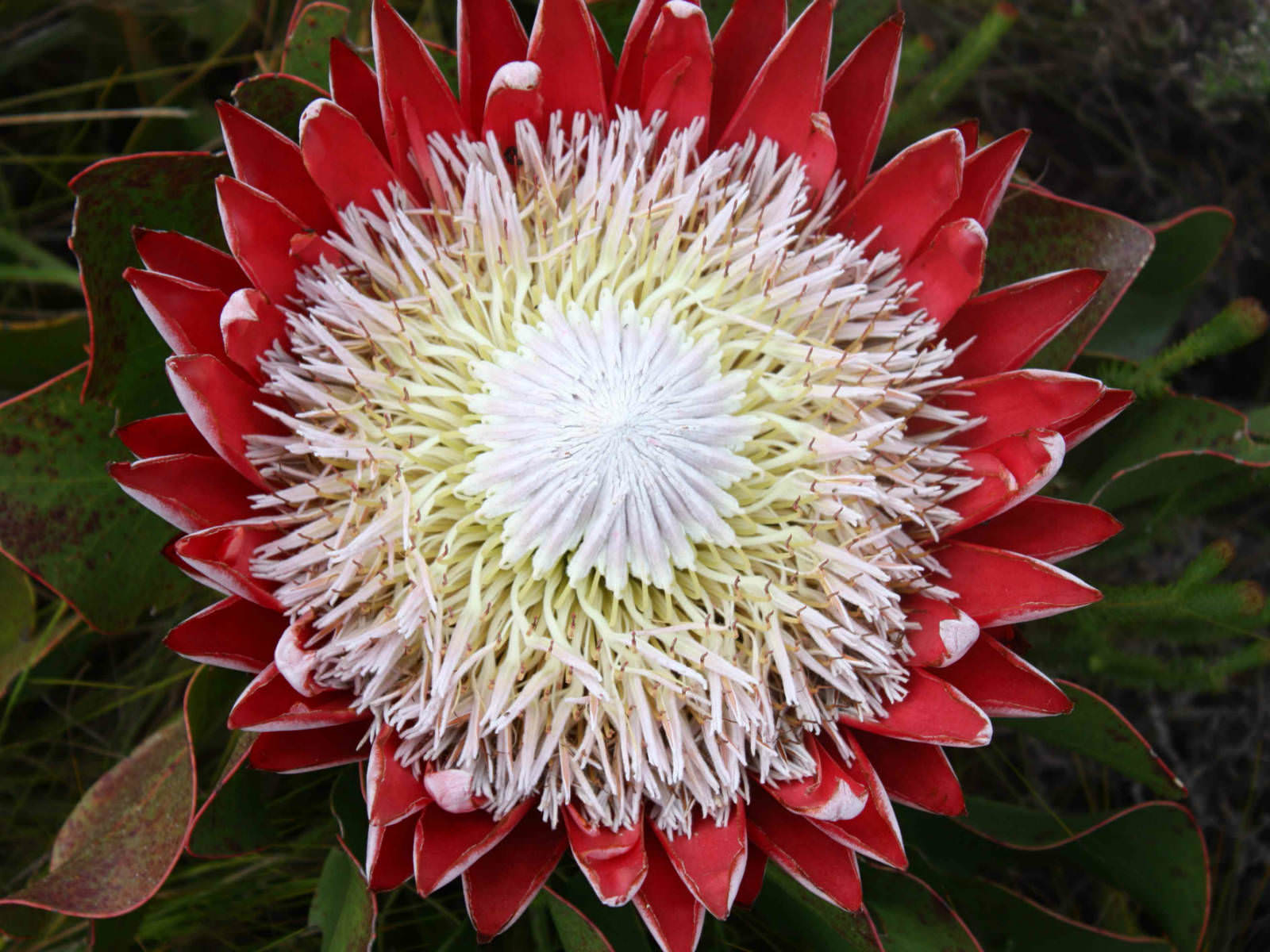
Protea cynaroides King Protea, Giant Protea World of Flowering Plants
The King Protea. Widely grown for its outstanding flowers is the King Protea, the botanical name is Protea cynaroides and it is the national floral emblem of South Africa. It is grown widely in Australia and in fact all around the world, the huge flowers are the main attraction. Flowers can reach 25cm across and it is the intricate pattern.
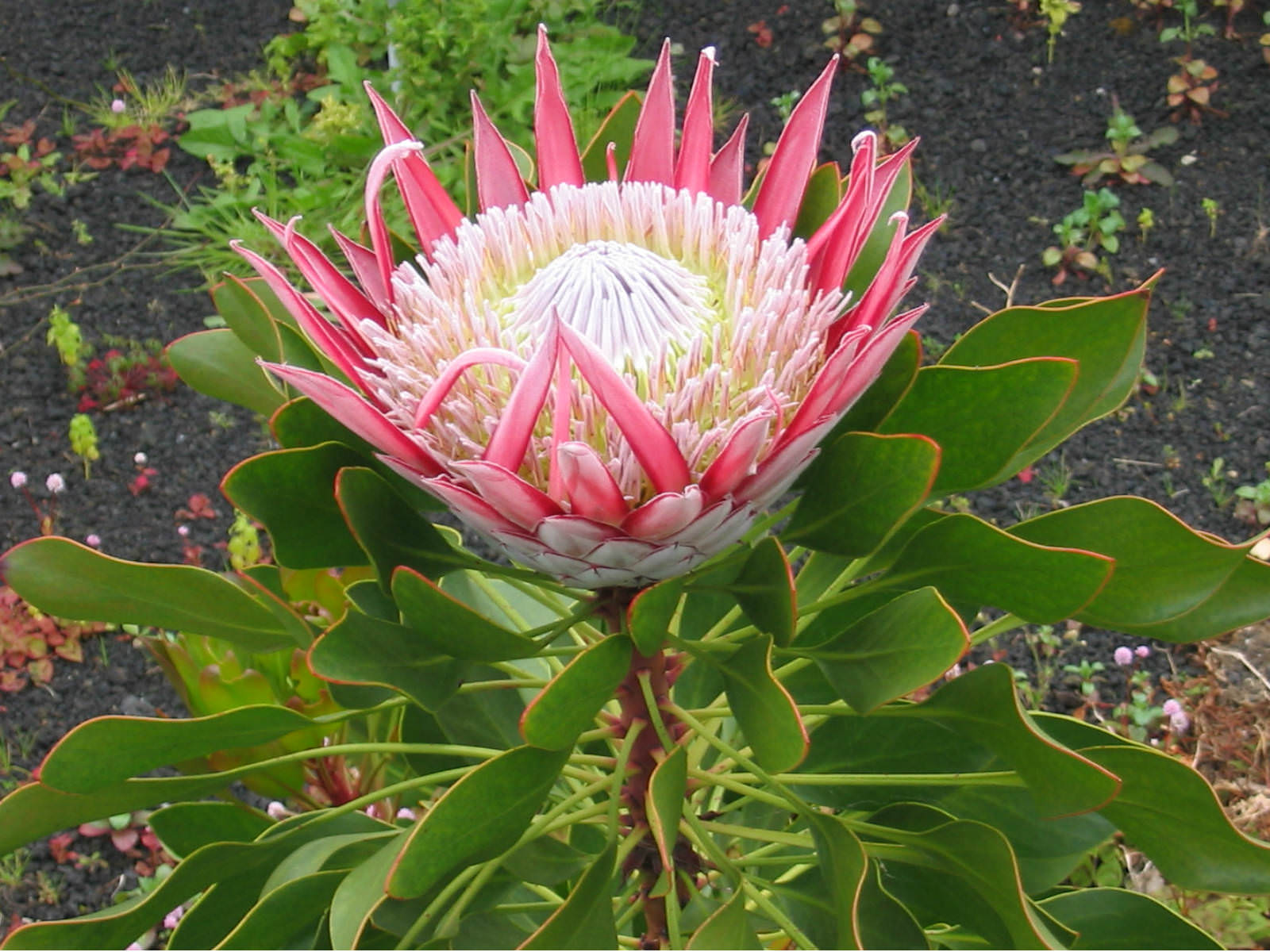
Protea cynaroides (King Protea) World of Flowering Plants
The king protea (Protea cynaroides), an early-diverging eudicot, is the most iconic species from the Megadiverse Cape Floristic Region, and the national flower of South Africa. Perhaps best known for its iconic flower head, Protea is a key genus for the South African horticulture industry and cut-flower market. Ecologically, the genus and the.

PlantFiles Pictures King Protea, Giant Protea (Protea cynaroides) by Kell
132 likes, 26 comments - mariagravias on December 7, 2022: "Three extraordinary white King Protea flowers. The flowers' diameters hover at approximately 25." Maria Gravias | Australia on Instagram: "Three extraordinary white King Protea flowers.

PlantFiles Pictures King Protea, Giant Protea 'Arctic Ice' (Protea cynaroides) by Kell
Winter Hardiness: 25-30° F. Protea cynaroides 'Mini King' (Dwarf King Protea) - A shrub to about 3 feet tall and wide with large 6 to 8 inch wide flowers. These pale silky pink or sometimes deep crimson flowers form a roundish central peak of flowers surrounded by rays of darker pink bracts. Flowers cover the shrub from autumn to spring with.

King Protea Stevens and Son Wholesale Florist
Description. Protea cynaroides is a woody shrub with thick stems and large dark green, glossy leaves. Most plants are one metre in height when mature, but may vary according to locality and habitat from 0.35 m to 2 metres in height. The "flowers" of Protea cynaroides are actually flower heads with a collection of flowers in the centre.

Buy PROTEA cynaroides, King Protea, seed collection Australian Seed
The huge and long-lived 5- to 12-inch flowers are silky, with a mix of pale pink and darker crimson petals. Sometimes this plant blooms all the way to spring. The Protea family, aptly named for the Greek god Proteus who could change between many forms, is known for its variety and diversity of plants. The epithet cynaroides refers to the genus.
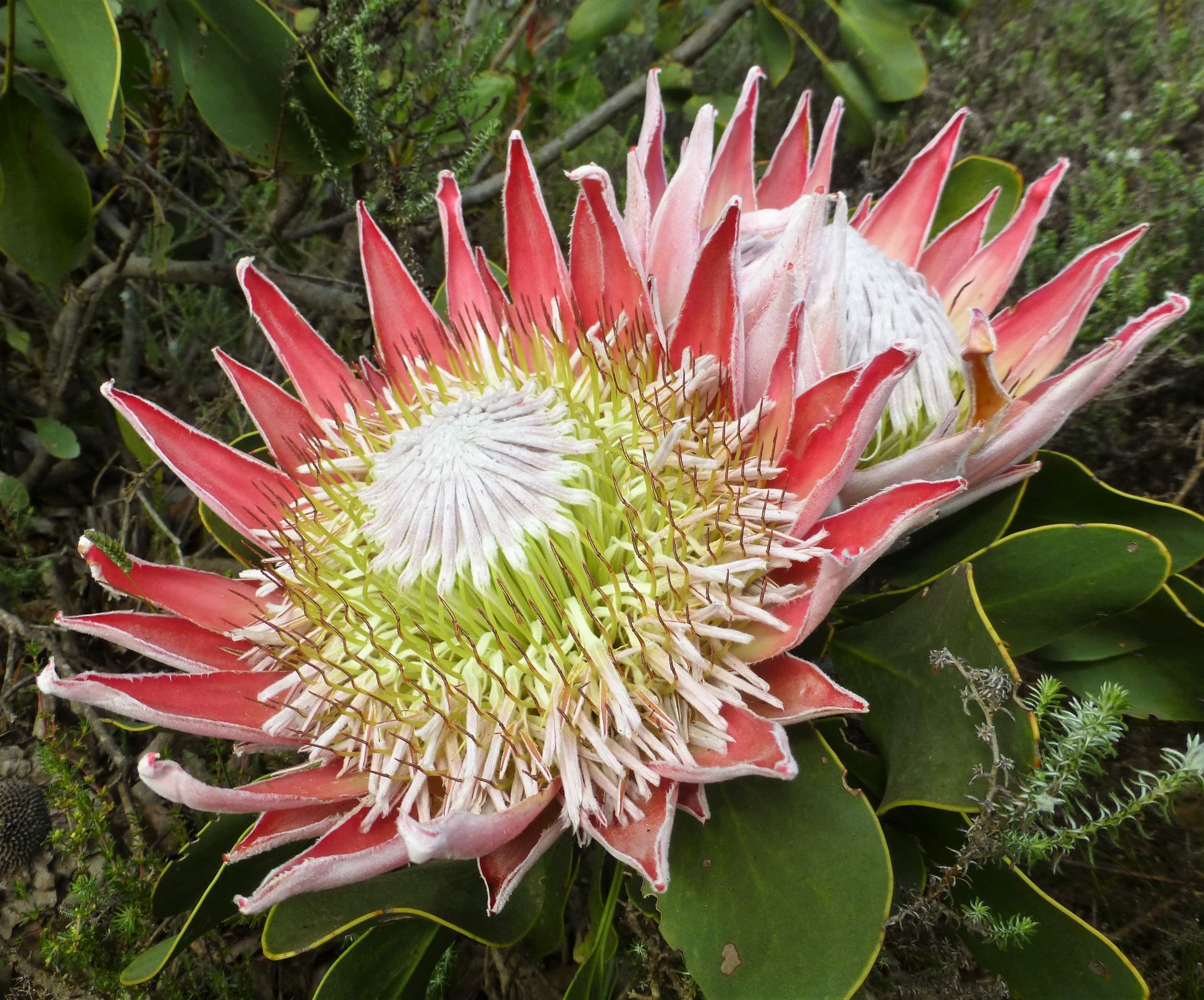
Protea cynaroides. King protea. Flora, Proteaceae (Proteas)
Protea cynaroides, commonly called king protea, is a broadleaf evergreen shrub that is native to South Africa. It typically matures to 3-4' (less frequently to 6') tall. It is best known for its huge goblet or bowl-shaped flower heads from 5" to 12" in diameter. Each flower head consists of a large, domed, central mass of tepaled inner flowers.
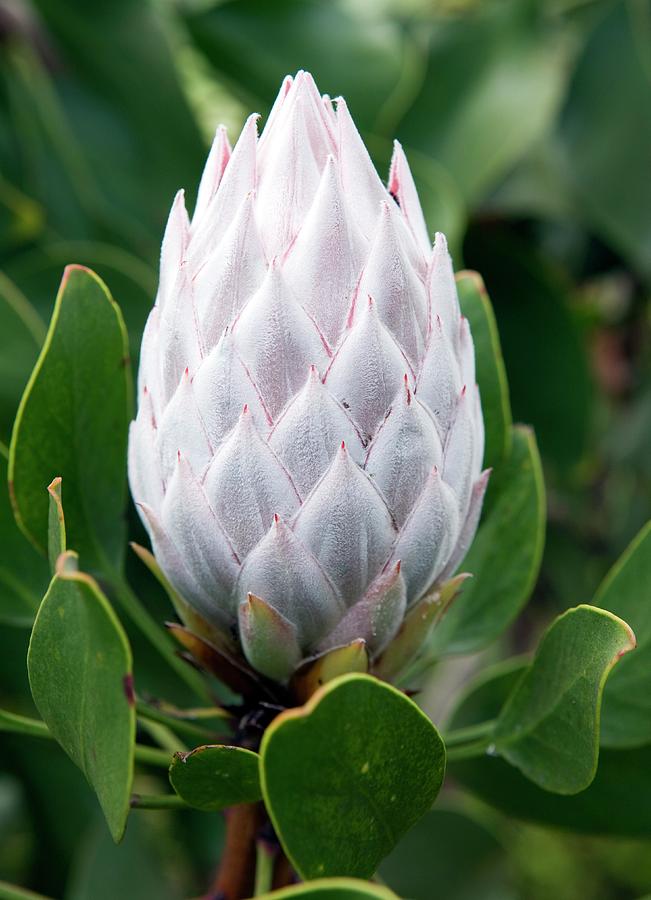
King Protea (protea Cynaroides) Flower Photograph by Pascal Goetgheluck/science Photo Library
To produce the best Protea flowers they need to be in full-sun and not underneath hanging trees that may drip water onto the flowers themselves. They need a loamy soil that is more acidic (preferably between 5-6 pH) and that can drain freely. Proteas can be fertilised and this is probably best achieved by using a slow-release fertiliser as.